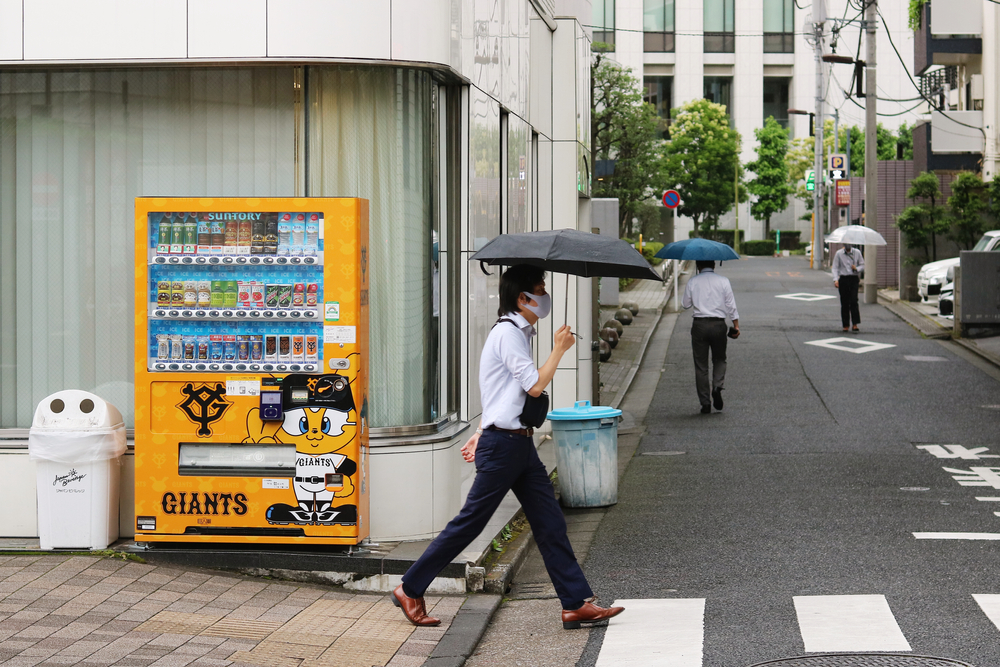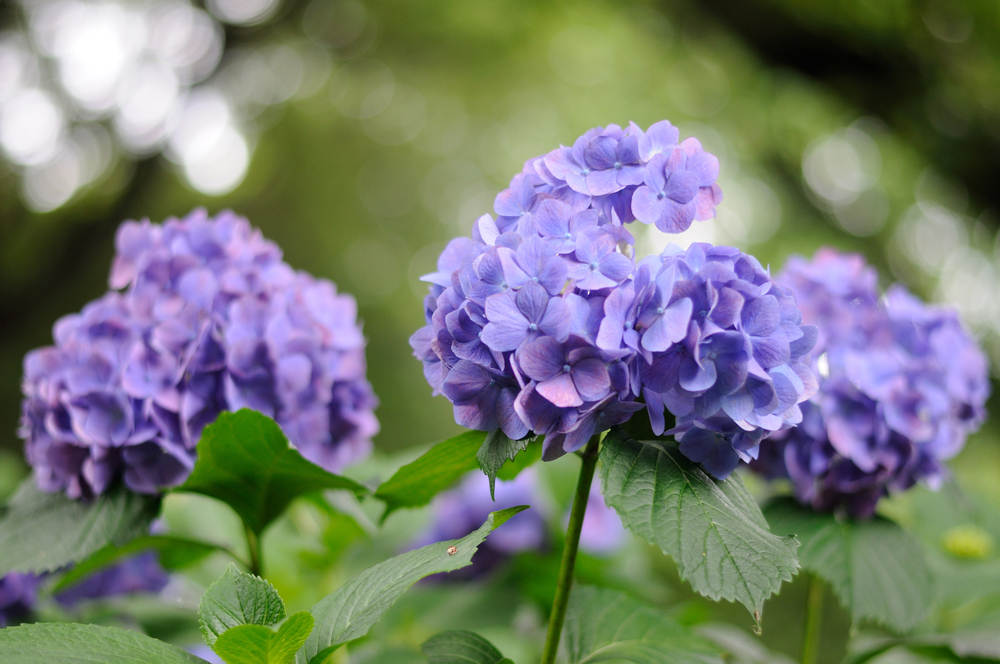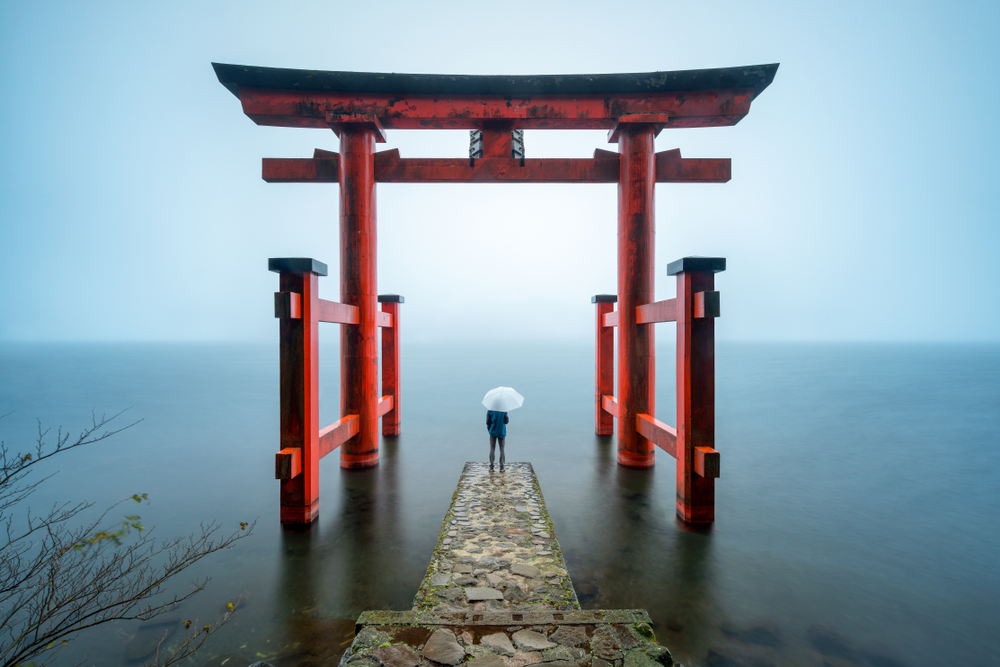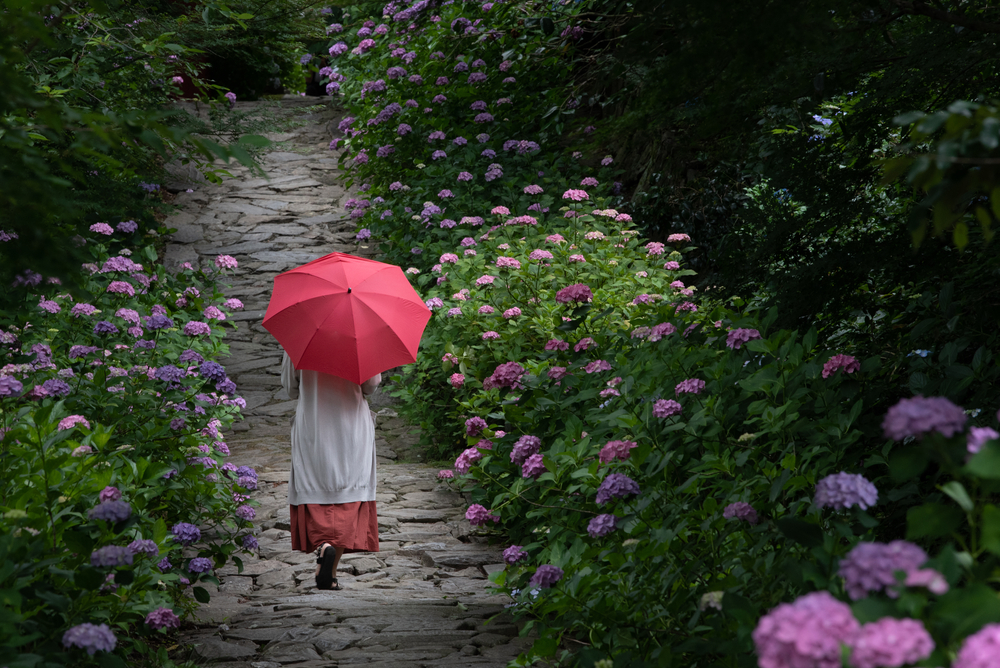Spring in Japan is usually short-lived and comes between winter and tsuyu, Japan’s rainy season. Tsuyu – also pronounced baiyu in some regions – while not an official season, is often referred to as Japan’s ‘fifth season’ because it can last up to a full month.
Fun fact: Before the Muromachi Era (1336–1573), when the word tsuyu was officially introduced in the Japanese language, this time of year was referred to as nagame (in kanji 長雨), which stands for “long rain.”
When is Tsuyu?
Tsuyu usually falls between May and July in most of Japan. In Tokyo, it is usually between mid-May and mid-June. Hokkaido, the northernmost prefecture, is often considered the only prefecture to be ‘exempt’ from tsuyu, receiving little to no rainfall. In 2022, tsuyu is predicted to begin in early June in the Kanto region.
Tsuyu should not be confused with Japan’s typhoon season, though the two can overlap if a typhoon forms between May and July. Rest assured, though, that it is rare for typhoons to hit Tokyo in the summer.

What’s the Temperature Like During Tsuyu?
Though there is a lot of rain during tsuyu, the temperature remains fairly comfortable during the day and night. In Tokyo, the temperature during the day can go as high as 26 degrees Celsius. But, while it is warm, tsuyu is also very humid, so beware.
The trickiest aspect is finding a proper way to dress and stay dry. Rain boots are a must if your job demands that you commute to the office on a rainy day. A light, waterproof jacket or trench coat can come in handy for those who might need to adhere to a formal dress code.
During this time of year, it’s advised to carry a compact umbrella with you at all times as the weather may change quickly.
Natural Disasters During Tsuyu
While it doesn’t rain every day during tsuyu, there can be some consecutive heavy rainfalls. With a lot of rain comes some concern for residents living in or around areas at risk of flooding and landslide.
It’s generally recommended to have preparedness kits ready at all times, but especially during tsuyu. For those living in areas where flooding and landslides are common, it’s best to prepare for the worst. If you’ve never put together a natural disaster preparedness kit, here is a handy guide to making your own.

Tsuyu: The Season of Hydrangeas
Tsuyu also has a distinct flower, which many residents of Japan look forward to: the hydrangea (or ajisai in Japanese). Hydrangeas can be found everywhere and anywhere around Japan. Much like spring’s cherry blossoms, hydrangeas are usually short-lived but their bright blue and purple petals often bring joy.
Around Tokyo, the top spots to view hydrangeas are:
- Takahata Fudoson Kongoji Temple (Tokyo)
- Meigetsuin Temple (Kamakura)
- Hasedera Temple (Hakone)
- Hattori Farm Hydrangea House (Mobara)
- Ohirasan Shrine (Tochigi)
Even without going to major shrines, though, you can spot hydrangeas around residential neighborhoods and local parks.

Traveling During Tsuyu
Tsuyu does offer some great opportunities to see Japan in a different light. Though few travel to and around Japan during this time of year, there are those who enjoy visiting temples and natural sites during tsuyu as the rain and fog give these locations an eerie atmosphere. Some longtime residents of Japan swear by this. Provided you don’t mind getting rained on a little, trips to Hakone are especially popular during this time.
Alternatively, if your wish is to escape the rain, Hokkaido is the top domestic destination. Beware though, it might be a little bit busy but you could be among those to see the first lavender blooms if you travel in June.









